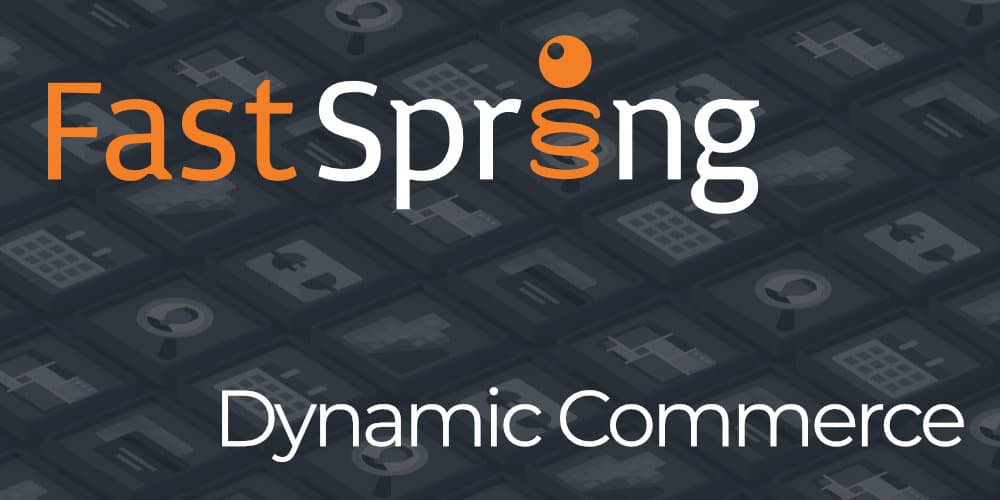Dynamic Commerce: The Secret Weapon for Digital Sellers in 2019
According to Statista, 21.4 billion people worldwide are expected to buy goods and services online by 2021. While these numbers seem promising for the online sphere, in today’s ever-progressing digital landscape, it’s only becoming more complex for online sellers to capture the attention of buyers and effectively guide them through the purchasing process.
As we look to the new year, if sellers do not deliver a fast, easy, secure, and personalized shopping experience, they will almost inevitably face failure—especially during a time of mass global competition. Buyers will always choose the most convenient, localized shopping and checkout experience. In order to get ahead of the curve, sellers will need to embrace a new approach that I’ve seen work especially well for our digital goods customers, which is something we like to call dynamic commerce. Here’s why.
Dynamic Commerce
Dynamic commerce upholds the ability to have customer-facing pages dynamically update based on multiple factors, those being your browsing history and geolocation. This ensures experiences are personalized for the shopper, ranging from content to currency. Once the consumer views this as the new norm within ecommerce stores, the step within our digital evolution will be set, and companies cannot afford to go back to older, and frankly, outdated ways.
In today’s world in which global reach is at our fingertips at all times, dynamic commerce also allows for global exchanges to happen at a local level. In 2019, it will be important to cater to this approach through localized shopping experiences, which encompasses varying payment methods, currencies, tax calculations, and languages. Therefore, an effective shopping experience is crucial. This does not require customers to think twice about anything other than the products that are at hand, so they can ultimately spend less time searching, and more time buying.
 Think of all of this in terms of baking a cake. You could probably skip one or two ingredients here and there, depending on what it is, and technically still produce a cake, but it won’t taste nearly as good or have the same rave reviews as it would if the correct amount of every ingredient was mixed in prior to baking.
Think of all of this in terms of baking a cake. You could probably skip one or two ingredients here and there, depending on what it is, and technically still produce a cake, but it won’t taste nearly as good or have the same rave reviews as it would if the correct amount of every ingredient was mixed in prior to baking.
We can say the same about the practice of effective ecommerce. It’s really like baking an elaborate cake, and all the ingredients have to come together. The necessary ingredients include a company that has the right mix of tech skills and personalities to create digital goods that consumers crave, global exchanges that are taken to the local level, and an end-to-end, digital ecommerce platform that showcases products in the best light all the while following global tax management and regulatory compliance.
Once all of these things come together, that’s where the magic happens.
If you liked this article and would like to engage with other small business entrepreneurs selling on marketplaces, join our [the_ad id=”41560″ inline =”1″]. You can also find us on [the_ad id=”41579″ inline =”1″], [the_ad id=”41573″ inline =”1″], [the_ad id=”41575″ inline =”1″], and [the_ad id=”41577″ inline =”1″] or sign up for our newsletter below.
SIGN UP. BE INSPIRED. GROW YOUR BUSINESS.
We do not sell your information. You can unsubscribe at any time.

